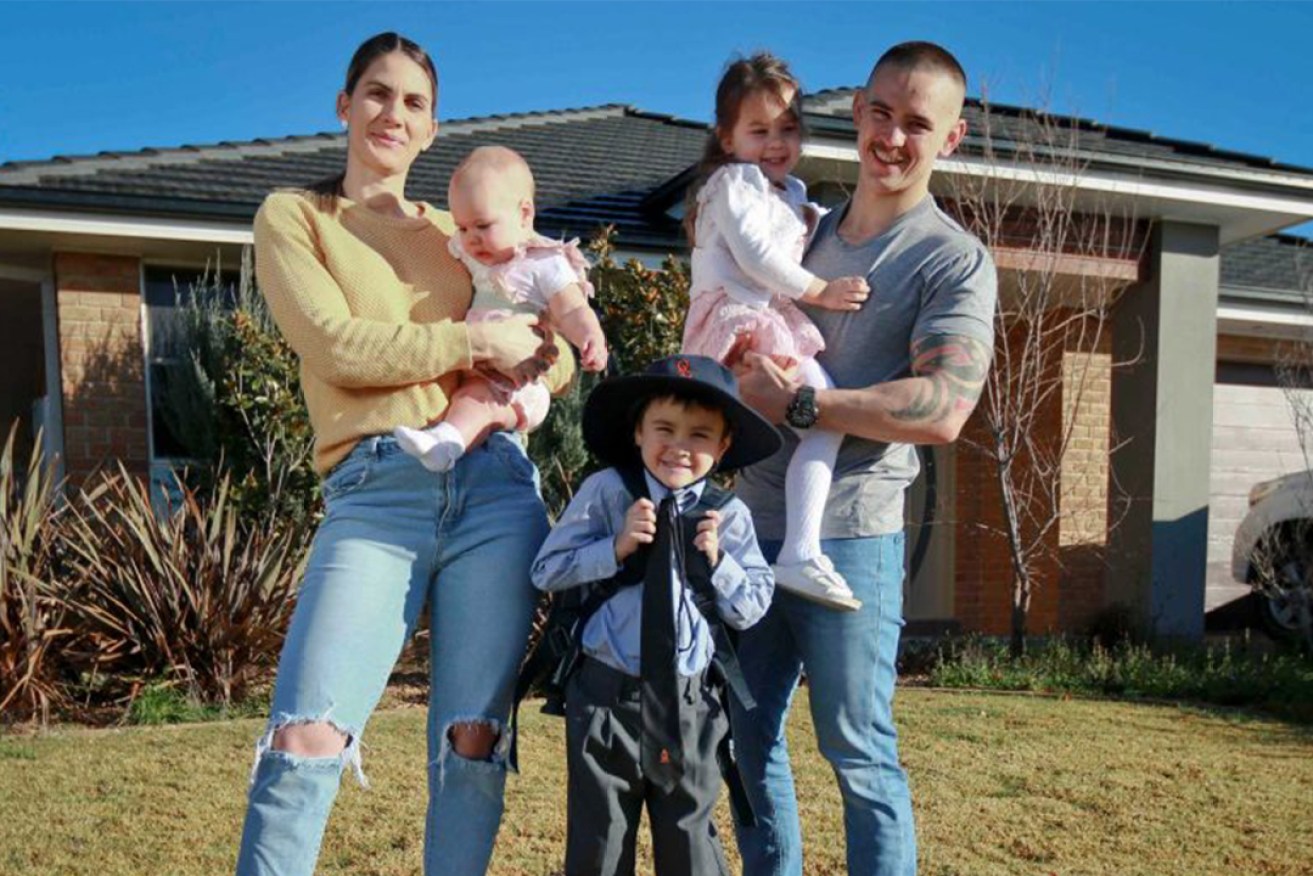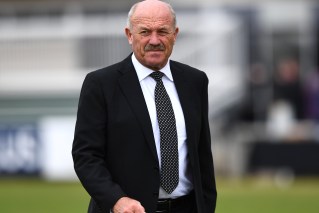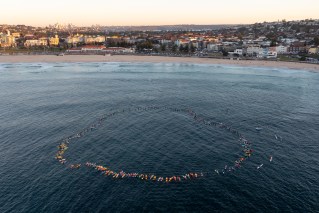Lured by the five-minute commute, millennials making a bee-line to the bush
Regional Australia has become a magnet for millennials, according to a new report challenging the perception that young people in the country are itching to leave for the big smoke.

Kaitlin and Alan Mann said living regionally enabled them to avoid the FIFO lifestyle.(ABC News: Billy Cooper)
The report, “Big Movers: Population Mobility in Australia”, released today looks at population trends between the last two national censuses in 2011 and 2016.
It found more regionally-based millennials — people aged between 20 and 35 years old — moved to other regional places than to capital cities in the period.
“Sydney actually lost more millennials to the regions than it gained during that time, and that was well before COVID-19,” Regional Australia Institute (RAI) chief economist and report co-author Dr Kim Houghton said.
The report shows that nearly 179,000 millennials moved from regional Australia to the capitals between 2011 and 2016 — 32,000 more than the other way around.
But even more millennials, 208,000, shifted between communities within regional Australia, rather than head to the major metropolitan cities.
The top three regional destinations for millennial movers were the Gold Coast, Newcastle and Sunshine Coast.
Greater Geelong, Cairns, Toowoomba, Ballarat, Maitland, Greater Bendigo and Lake Macquarie were also popular.
The research found most people who left a city for the regions stayed within in their respective state.
Mining communities with high-paying jobs were popular with all millennials, but especially those moving from the city, the report found.
Mining — without having to fly in and fly out — is what brought Queenslanders Kaitlin and Alan Mann and their young family to Orange in November last year.
Alan was working as a FIFO diesel mechanic at a mine west of their home in Townsville, but with three small children, the family decided on a lifestyle change.
They now both work at Cadia gold mine, a half-hour drive from Orange.
“The kids just love it,” Kaitlin Mann said. “Daddy gets to come home every single night so they are so stoked.
“Dropping him off at the airport up in Townsville when we were doing fly-in fly-out, they’d all be crying in the back of the car.”
The family is renting a house but looking to buy a block of land and build their own home in one of the small villages around Orange.
Contrary to common belief, Houghton said regional Australia was not dying.
Across all age groups, regional areas attracted 65,000 more people than it lost to capital cities between 2011 and 2016, the report showed.
RAI also predicts the experience of COVID-19 could see the swing become even greater.

“In complete contrast to the rest of the industrialised world, the overall flows in Australia were actually more towards regions than towards cities,” Houghton said.
“It says something, I think, about the affordability factors around the outer suburban areas, the congestion that’s going with that and the alternative lifestyles that we do have in many parts of regional Australia, in comparison perhaps, with many parts of Europe.”
High-school teacher Tom Fennell, 33, is one who’s made the regional shift.
He swapped the city for the country four years ago, moving from Western Sydney to Orange in central-western New South Wales.
Before the move, Fennell lived with his parents, and travelled for up to two hours by bus and ferry to get to work.
“So the idea of an eight-minute car ride now in Orange is pretty appealing,” he said.
Even better was the idea of being able to buy his own home — which he and fiancé Juliet Hawthorn did early this year.
“I come home most days and I’m still not completely sure that I own it, it’s still quite surreal to me,” he said.
After moving 25 times across multiple Australian and overseas cities, Fennell said he was “very happy, and I plan to stay here, hopefully, my whole life and never move again.”
His friend, pharmacist Annika Rookyard, moved to Orange from Canberra two years ago.
“There’s so many lovely young people here and there’s always something to do,” she said.
It’s so good, in fact, that the entire Rookyard family has relocated here, with one of her two brothers and parents officially going country just before Christmas.
Planting deep roots
Orange, surrounded by rich farmland, wineries and quaint villages, is home to 40,000 people.
According to the report it’s the kind of mid-sized town millennials seek. It has a hospital, airport and university, jobs and lifestyle choices.
The report focuses on millennials because regional leaders regard them as the “golden demographic”.
“They’re younger, they’re enthusiastic, and they’re often in the early stages of family formation so if [that happens], they’ll make deep roots in those communities and stay on for a long time,” Houghton said.
– ABC / national regional and rural correspondent Dominique Schwartz and the Specialist Reporting Team’s Mary Lloyd












